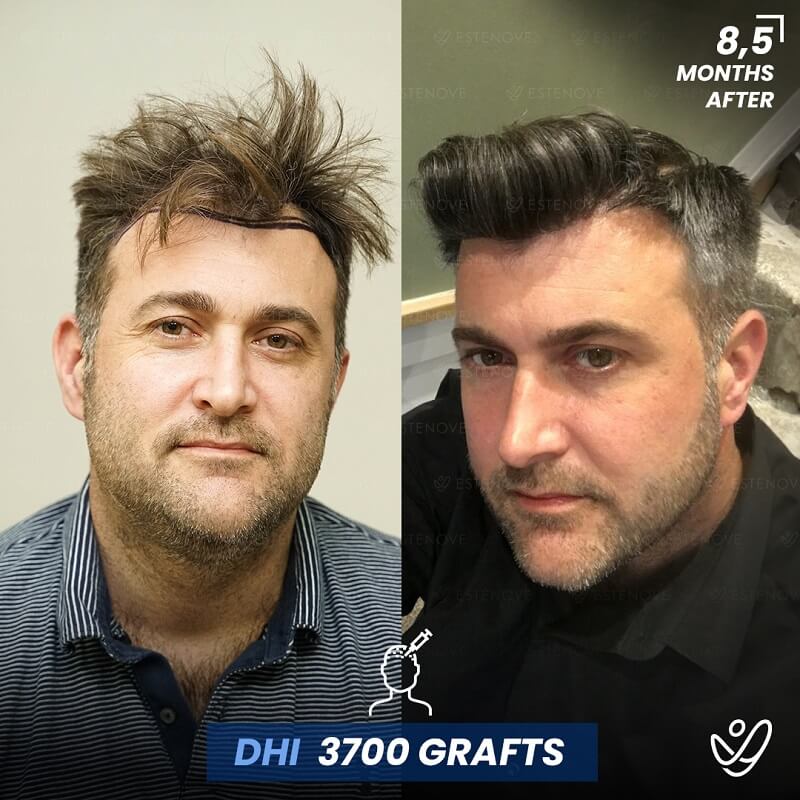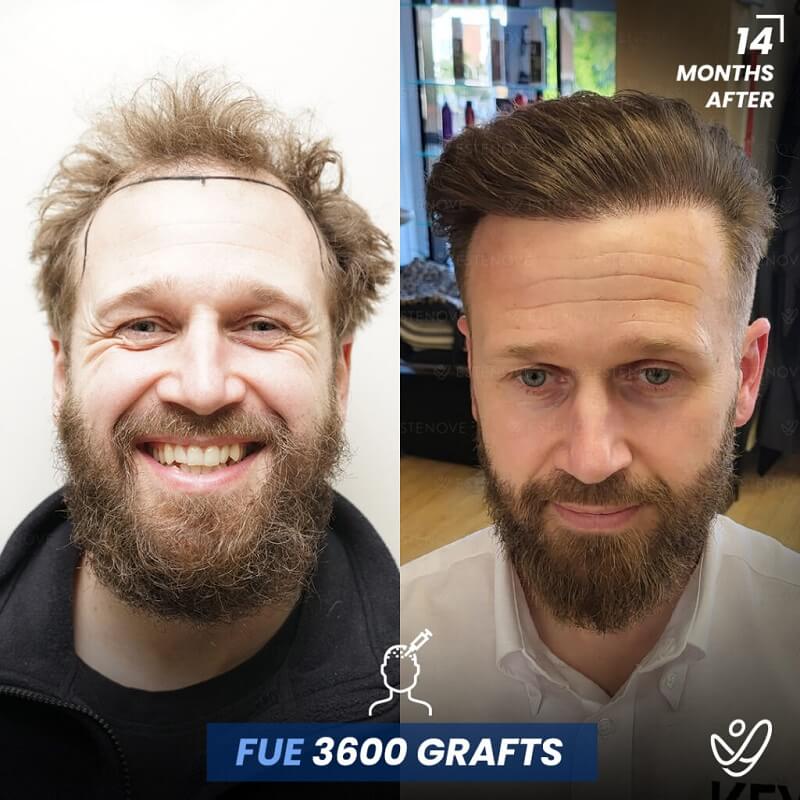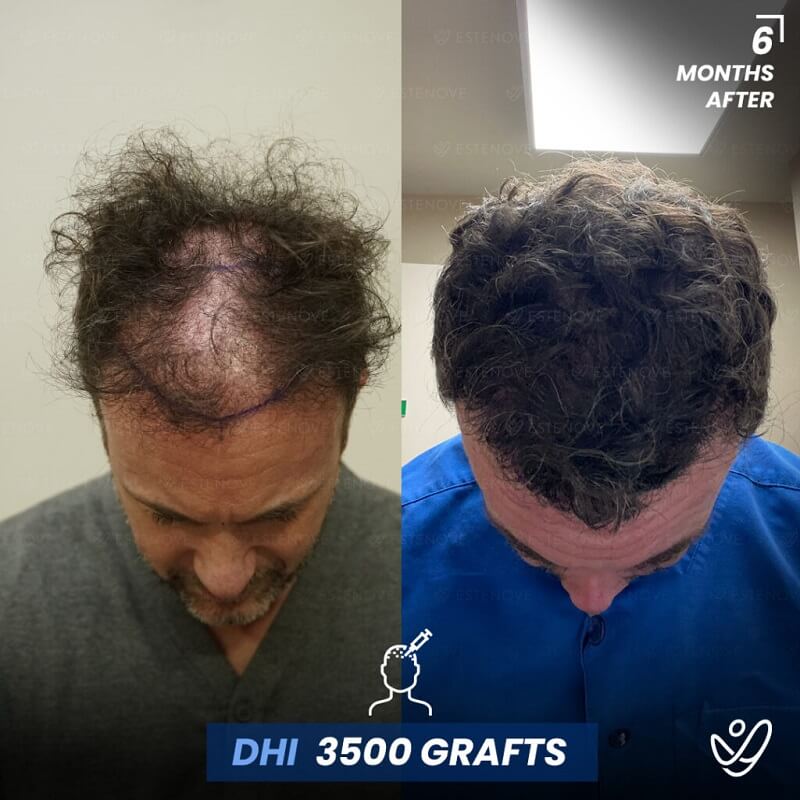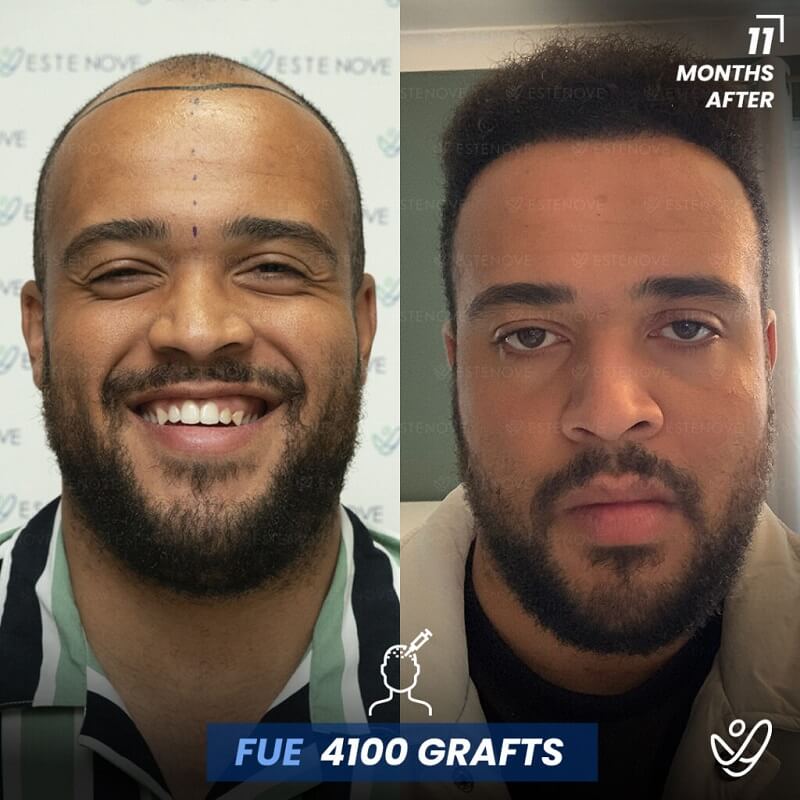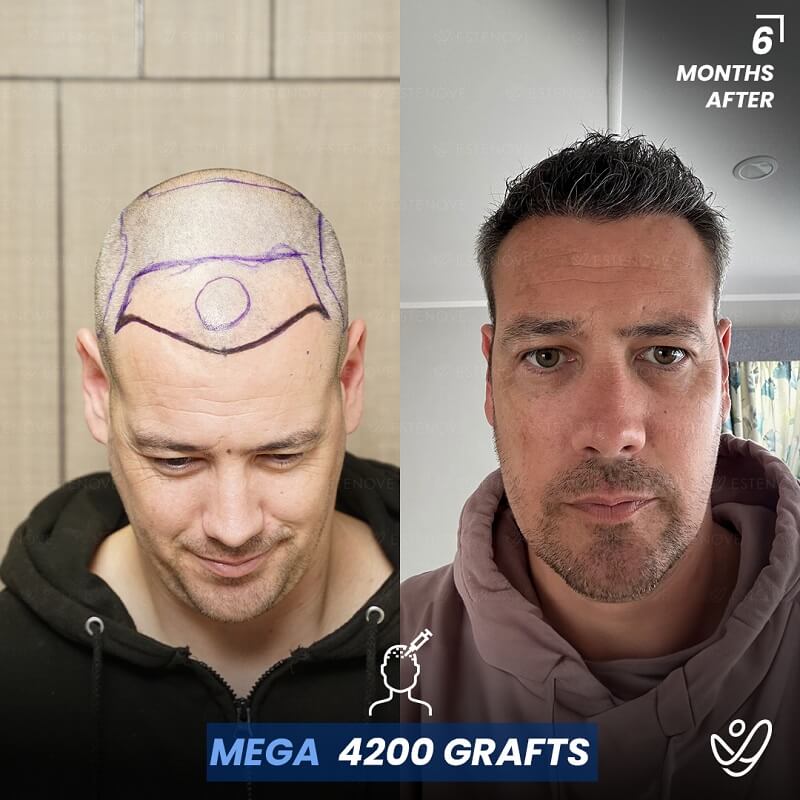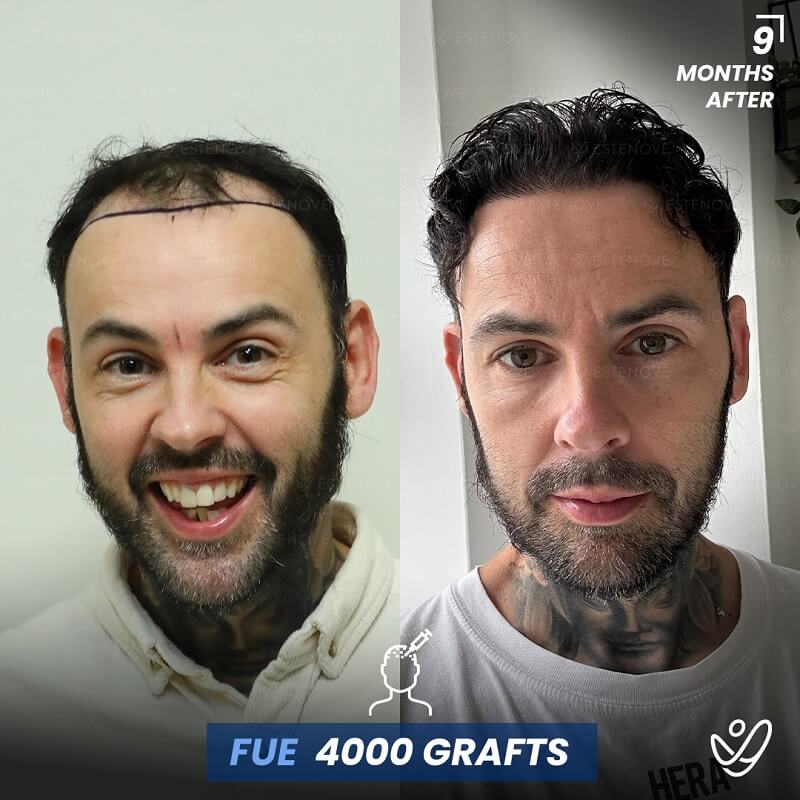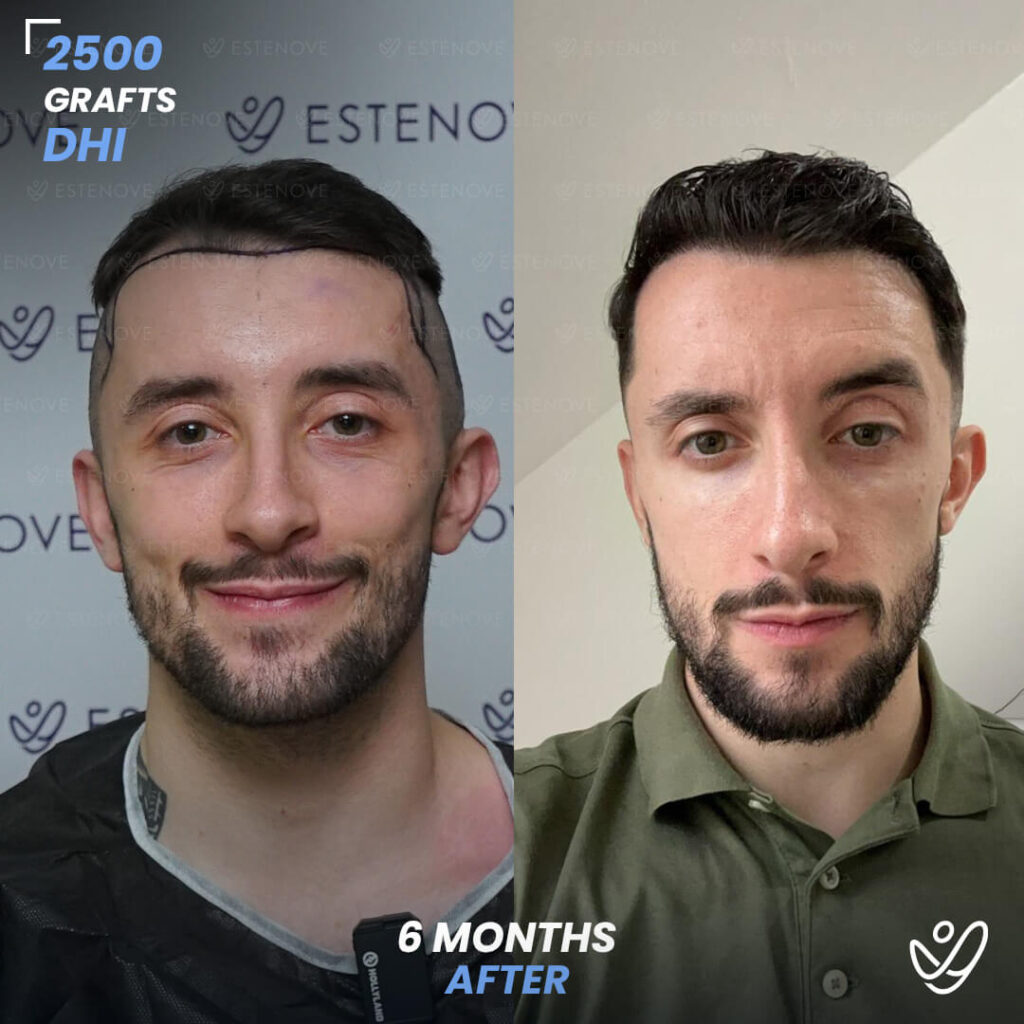
If you’re considering a hair transplant but feeling overwhelmed by the options—FUE, DHI, FUT, Sapphire FUE—you’re not alone. Modern hair restoration offers multiple techniques, each with unique advantages. But the real question isn’t just which one is the best overall—it’s which one is best for you.
Table of Contents
FUE vs. DHI: What’s the Real Difference?
Is FUT Still Worth Considering?
Sapphire FUE: Is It Really Better?
Comfort vs. Precision: What Matters More?
How Budget Influences Your Choice
Healing Time and Downtime: What to Expect
Hairline Detail vs Full Coverage
So, Which Hair Transplant Method Is Best for You?
FUE vs. DHI: What’s the Real Difference?
FUE and DHI are the two most widely used techniques today. FUE involves extracting and then implanting hair follicles, while DHI uses a Choi implanter pen to implant grafts directly without pre-opening channels.
FUE offers versatility, especially for larger coverage areas. DHI is preferred for high-density zones like the hairline where angle and depth control matter most. For a full breakdown, visit our FUE vs DHI comparison post.
Is FUT Still Worth Considering?
FUT (Follicular Unit Transplantation) was once the gold standard but has fallen out of favor due to its linear scarring. It can still be useful for patients needing maximum grafts in a single session, but it comes with longer downtime and visible scarring that limits short hairstyles.
Learn more about how FUT compares to modern options in our FUE vs FUT comparison.
Sapphire FUE: Is It Really Better?
Sapphire FUE is a more refined version of standard FUE. It uses blades made from sapphire, not steel, which allows smaller, cleaner incisions and can lead to faster healing and better graft survival.
This technique is often ideal for patients who want the benefits of FUE with reduced trauma and a slightly quicker recovery time.

Calculate the number of grafts needed for your hair transplant and get an estimated cost for various destinations
Comfort vs. Precision: What Matters More?
If you’re nervous about pain or anesthesia, you might be interested in needle-free hair transplant technology, which uses high-pressure devices instead of traditional injections.
Meanwhile, if achieving a naturally feathered hairline is your top priority, DHI may offer the control you’re looking for—even though it takes longer and typically costs more.
How Budget Influences Your Choice
While Turkey offers significant savings compared to the U.S., UK, or Canada, technique still affects cost. On average:
- FUE: $2,800 – $3,750
- DHI: $3,750 – $4,500
- Sapphire FUE: Slightly higher than traditional FUE
Visit our hair transplant cost guide to see pricing breakdowns by technique and country.
Healing Time and Downtime: What to Expect
Both FUE and DHI techniques typically require <strong>around 7–10 days</strong> for full recovery. Since DHI avoids creating separate recipient incisions, some patients may experience slightly faster healing and less visible scabbing. However, recovery times largely depend on individual skin sensitivity, graft count, and aftercare.
Hairline Detail vs Full Coverage
If your main goal is a highly natural-looking front hairline, DHI often delivers superior precision. If you’re more focused on covering larger areas like the crown, FUE is more efficient and allows for more grafts per session.
Some patients benefit from a combination approach—DHI at the front, FUE toward the back.
So, Which Hair Transplant Method Is Best for You?
Ultimately, the “best” method comes down to your hair loss pattern, goals, lifestyle, and comfort level.
- Choose FUE if you want low scarring and fast recovery
- Choose DHI if you want dense, precise hairline restoration
- Choose Sapphire FUE if you want FUE with enhanced healing
- Consider FUT only if you need a large number of grafts and don’t mind a linear scar
Still not sure? Book a free consultation with our team to get expert advice on which method suits your hair and expectations best.

